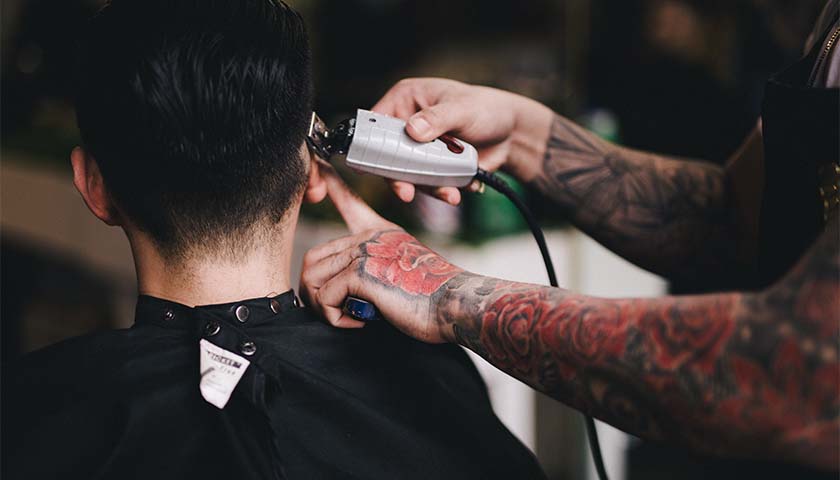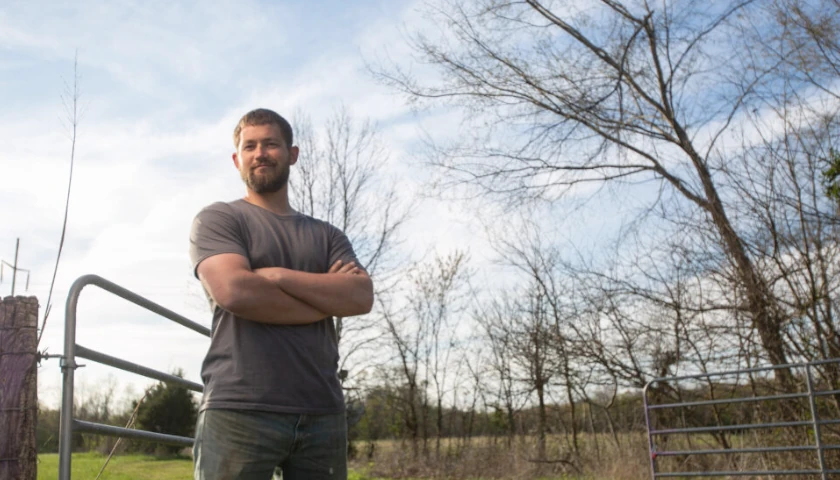State Republican lawmakers are moving a bill forward that aims to reduce the amount of required training it would take to get a cosmetology and barber license.
House Bill (HB) 542, sponsored by State Representatives Bill Roemer (R-Richfield) and Lisa Sobecki (D-Toledo), began as a piece of legislation aimed to create a unified barbering/cosmetology school license, to eliminate duplicative applications for facilities that teach both cosmetology and barbering and to lower the age of applicants for barber school to 16 years old.
However, in the Government Oversight and Reform Committee, amendments have since been added that reduce the required hours of training necessary to be licensed.
The changes would reduce the Ohio licensure requirements for a cosmetologist from 1,500 to 1,000 hours. Ohio’s current requirement of 1,500 hours is 250 hours more training than a cosmetologist in Pennsylvania and 500 more hours than hairdressers in New York, Texas, and Vermont. The required hours of training for a barber would go down to 1,000 from 1,800.
Proponents of the amendment, such as The Buckeye Institute, say that this legislation will help address Ohio’s over-licensing problem and will lower barriers to entry to Ohio’s salon industry. According to its testimony, HB 542 will “bring Ohio into line with a growing trend around the nation.”
“Such an onerous training requirement proves laughable when compared to the 150 hours of training required to be a state-certified emergency medical technician. With Ohio currently requiring cosmetologists to have 10 times the training of basic EMTs, the case for licensing reform doesn’t get much clearer,” research fellow at The Buckeye Institute Greg Lawson said.
The Ohio Chambers of Commerce said that the amendments are “common-sense” and will not only allow licenses more expeditiously but also lower financial burdens.
“Shortened cosmetology programs may translate into lower tuition costs and, in many cases, lower student loan debt. Lowering the barriers to entry, such as cost and a length licensure process, can prevent individuals from foregoing cosmetology as a viable career path while not sacrificing quality,” Director of Small Business and Workforce Police with the Ohio Chambers of Commerce Kevin Boehner said.
An analysis performed by the Institute for Justice determined that Ohio’s occupational regulations killed over 67,000 jobs by 2018.
Data from the Buckeye Institute shows that overly extended training requirements and high costs can lower job growth by as much as one-fifth. In the report, institute fiscal policy fellow, Tom Lampton, noted that of the 31 middle-income careers in Ohio that require state licensing, almost half of them require hundreds or thousands of hours of pre-certification training and experience.
Those representing salons have said 1,000 hours is enough time for people to learn about safety and sanitary practices. They add that individuals can get additional training on the job, working at a salon.
However, cosmetology and barber schools argue that it’s important for individuals to get extensive education and first-hand training through their courses. Instead of continuing their training at a salon
“I do not understand how anyone could think that just 1000 hours of Barbering Training would be sufficient enough in regards to ensuring Customer Satisfaction, Customer Safety in regards to the use of chemicals, shears, straight razors, and electrical tools along with maintaining the proper level of Sanitation and Infection Control Standards. I am working with Barber Students on a daily basis and with the current curriculum of Theory, Practical & Clinic hours most students are just starting to grasp the basics of the Barbering field by 1000 hours and I do not believe they would be sufficiently prepared to go into a Barber Shop at that time,” director of admissions at Dayton Barber College Malisa Helenberger said.
State Senator Cecil Thomas (D-Cincinnati) said he was prepared to support the bill in its original form, but the changes to the training requirements create an “impasse.”
“I was all ready to support the bill until the amendments that were brought in. And then we had folks coming from all over the state saying, ‘Whoa, this is going to kill us,’” Thomas said.
Republican lawmakers who support the reduced training requirements said salon schools can still offer an advanced course that goes beyond the 1,000-hour minimum.
After three hearings House Republican leaders have not said if the bill will get a vote before the end of the year.
– – –
Hannah Poling is a lead reporter at The Ohio Star and The Star News Network. Follow Hannah on Twitter @HannahPoling1. Email tips to [email protected].





